
A display of 195 of these prints from the Heilongjiang Art Museum's collection occupies the National Art Museum of China (NAMOC)'s central exhibition halls. It presents a panorama of Heilongjiang's artistic landscape over more than five decades.
The exhibition pays homage to the genre's first-generation artists, including Chao Mei, Zhang Zuoliang and Hao Boyi, who established the Beidahuang school's aesthetics. They departed from the previously dominant black-and-white style to produce colored, mimeographed pieces.
Their works usually portrayed natural landscapes and farming, and the spirit of laborers.
"Heilongjiang neighbors Russia, and it was a time when China was trying to learn everything from the former Soviet Union," Heilongjiang Provincial Printmaking Institute's director Yu Chengyou says. "Thus, the engraving shows profound influences from Realism and Russian oil painting."
Classic works from this period include The North in September, which Chao Mei created in 1963.
The artist exaggerated the size of the red sorghum, making the plants appear much higher than the people harvesting them.
Hao Boyi's Disturbance shows roe deer jumping in fear in front of a tractor's lights against the brushwood backdrop.


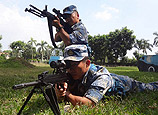
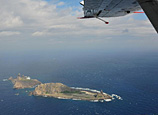
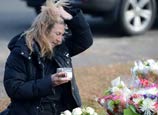
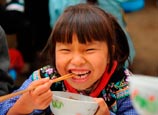

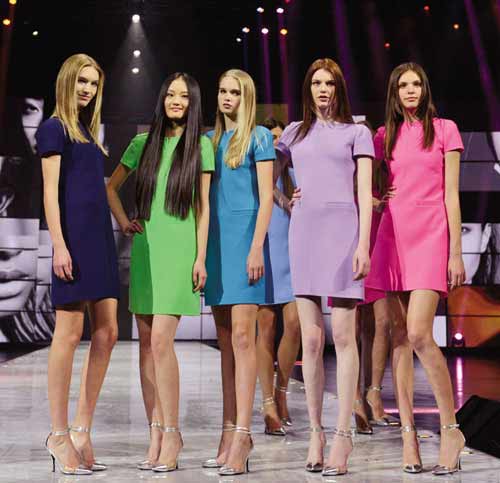

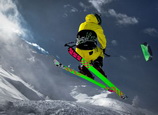






 Residential building collapses in E China's Ningbo
Residential building collapses in E China's Ningbo


![]()
